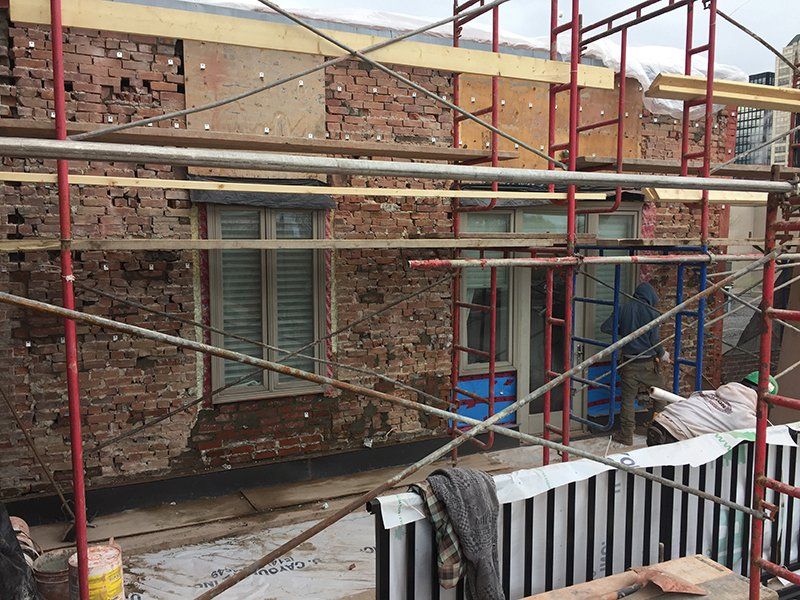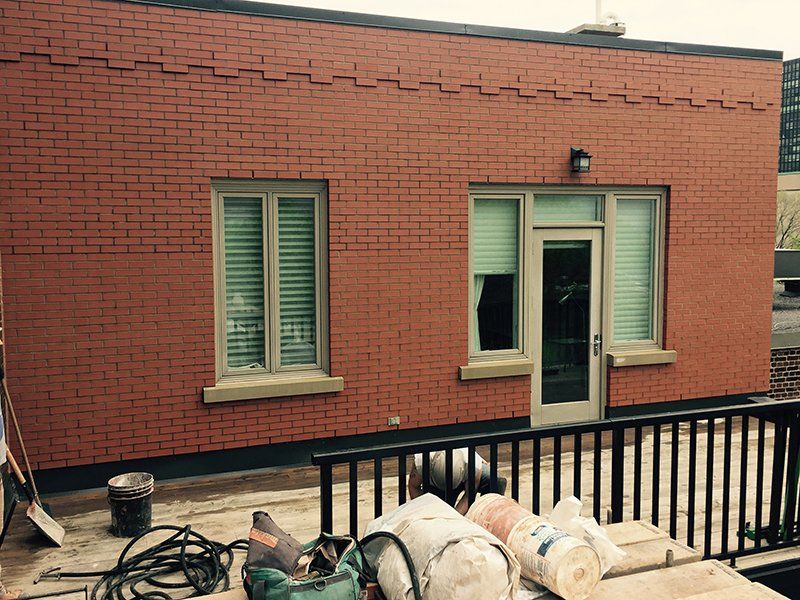FREQUENT MASONRY PROBLEMS
LOAD-BEARING WALL
A load-bearing wall is intended to support and stabilize the overall structure of a construction. More specifically, to support the frame and structure of the floors
CAUSE
The main causes of a problem related to load-bearing walls are problems related to foundations.
CONSEQUENCES
The appearance of cracks on a load-bearing wall deserves close attention. The majority of them will be of no consequence, however, they remain to be watched. Some are deep and wide, showing a cracked wall. These large cracks and fine cracks indicate that the solidity of the wall is affected and that there is possibly the presence of a belly-beef. Structural problems can then emerge.
SOLUTION
- Support the wall and build a temporary frame;
- Dismantle and partially or completely rebuild the wall, depending on the extent of the problem.







